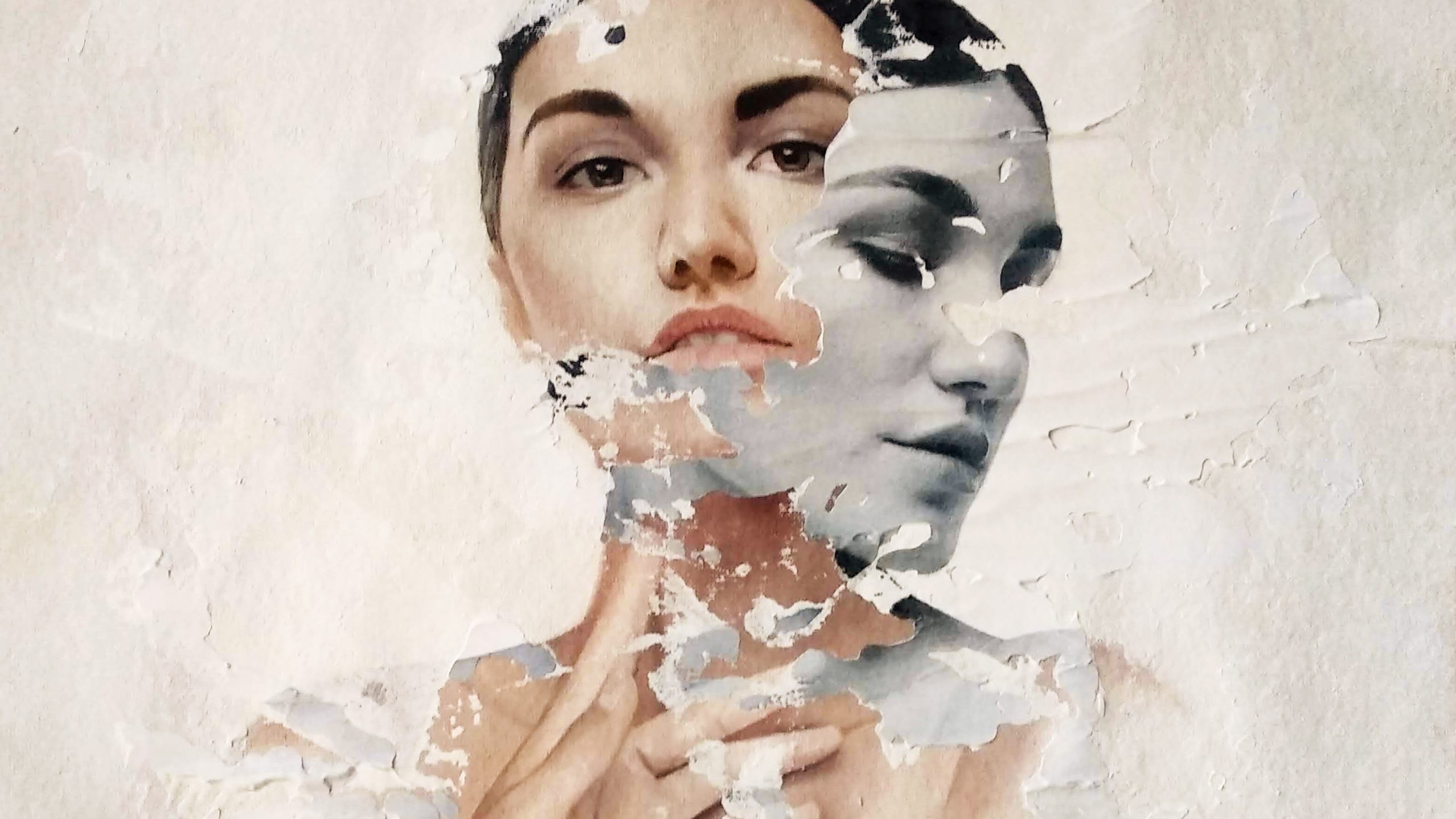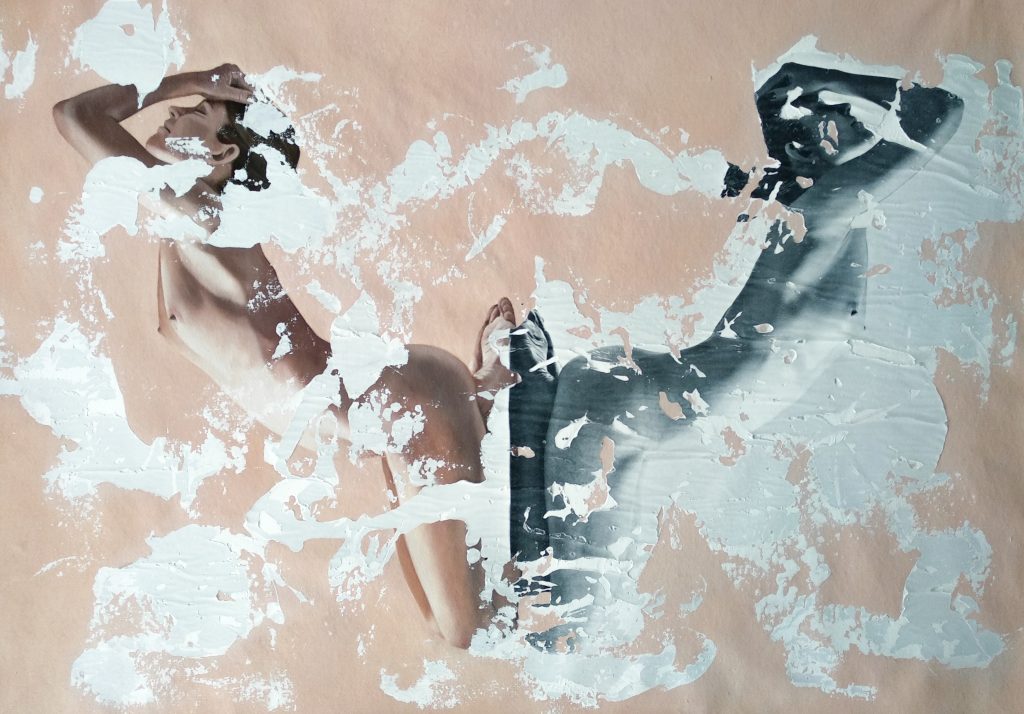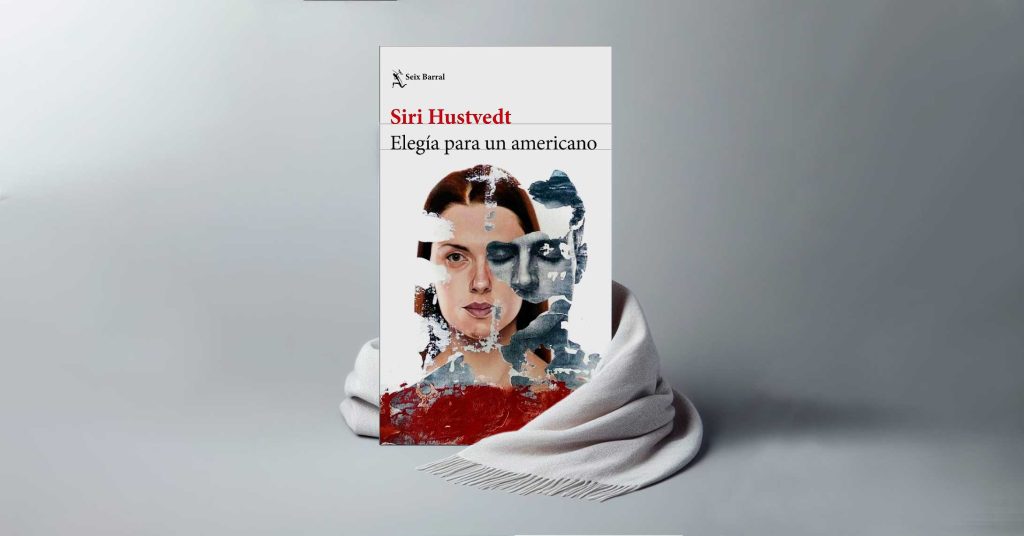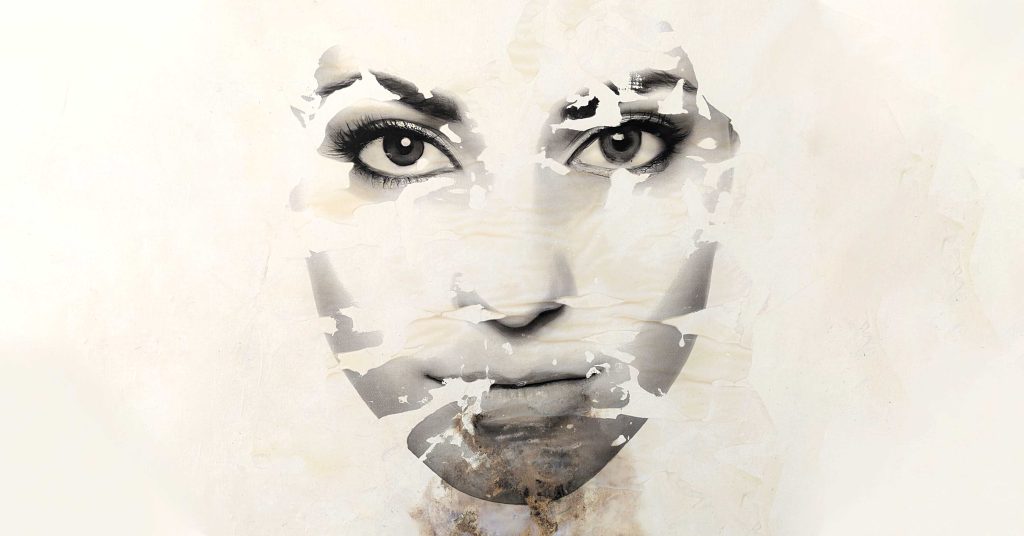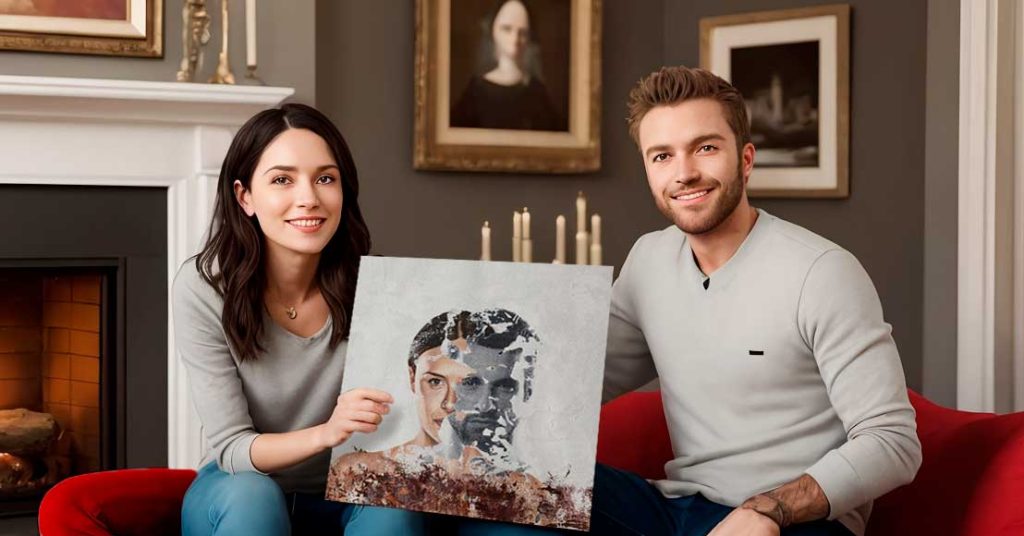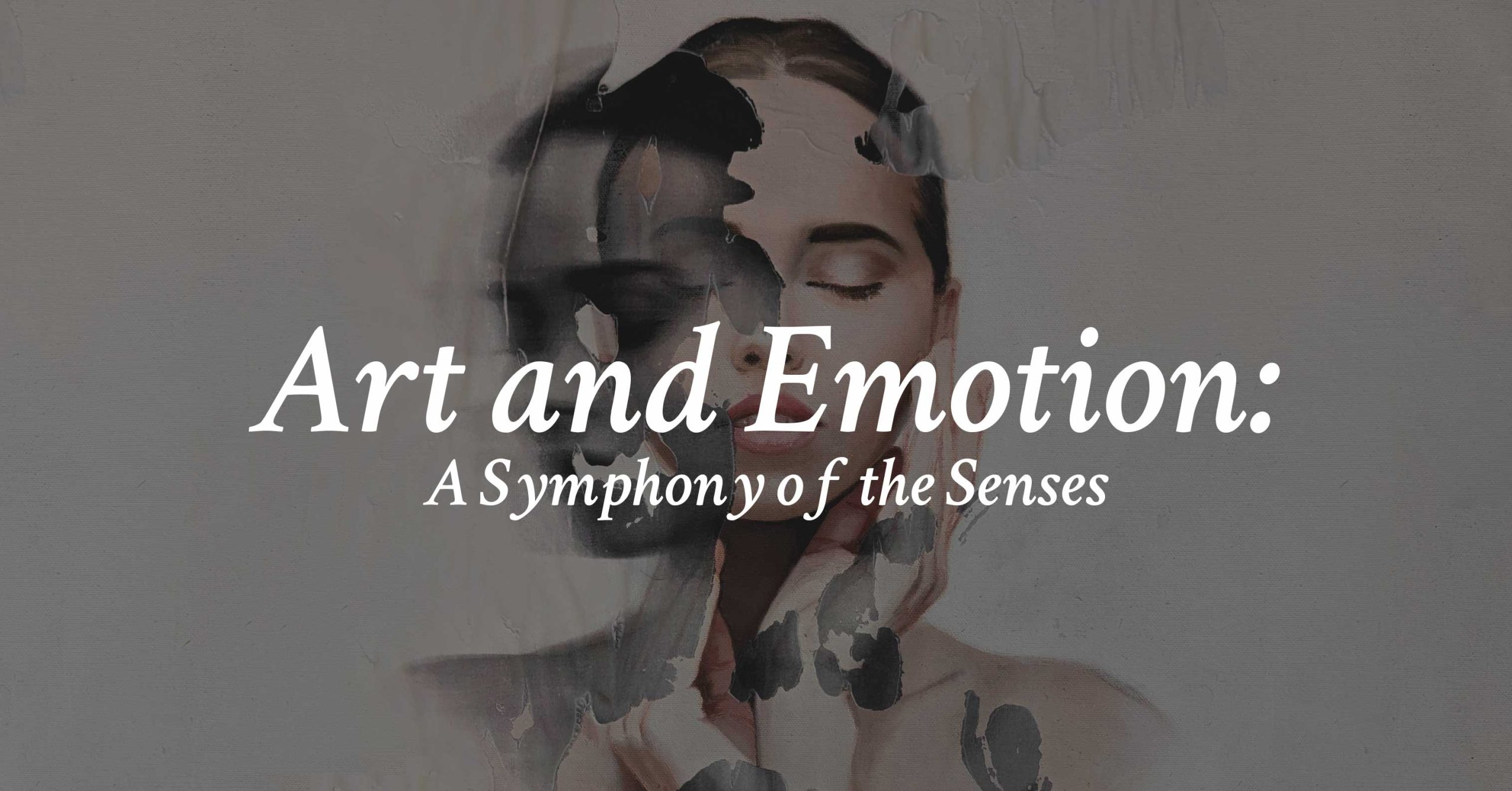
- Introduction
- Delving Deeper: The Emotional Power of Art
- Decoding the Language of Emotion in Art
- Cultural Nuances and the Individual Lens
- The Artist's Voice vs. The Viewer's Experience
- Art: A Catalyst for Self-Discovery and Emotional Exploration
- Raul Lara: Evoking Emotion Through Powerful Imagery
- Beyond Aesthetics: The Power of Movement and Performance
- The Art of Empathy: Cultivating Understanding Through Emotion
- Conclusion: A Symphony of Senses
- FAQs
Introduction
The profound connection between art and emotion allows us to experience a vast spectrum of feelings, understand the emotions of others, and connect with something deeper within ourselves. Art acts as a bridge, fostering empathy, self-discovery, and a richer understanding of the human condition.
Imagine yourself standing transfixed before a colossal sculpture. Its smooth, polished surface reflects the soft glow of the museum lights, creating an almost ethereal aura. As you move closer, intricate details emerge: the subtle curve of a cheekbone, the powerful tension in a flexed muscle. A sense of awe washes over you, a deep respect for the artist’s ability to breathe life into cold stone. This, my friend, is the magic of art – the ability to evoke a potent emotional response through a mere arrangement of form and texture.
Art, in its myriad forms – paintings, sculptures, music, literature, dance, film – transcends the limitations of language. It speaks a universal language, bypassing cultural barriers and historical divides. It speaks directly to our emotions, bypassing the filter of logic and tapping into the very core of our being. Emotion, on the other hand, is the lifeblood of the human experience. It colors our perceptions, fuels our actions, and connects us to the world around us. Without emotions, life would be a monotonous, flat experience. Art, with its power to evoke a kaleidoscope of emotions, enriches our lives and allows us to experience the world in all its depth and complexity.
Delving Deeper: The Emotional Power of Art
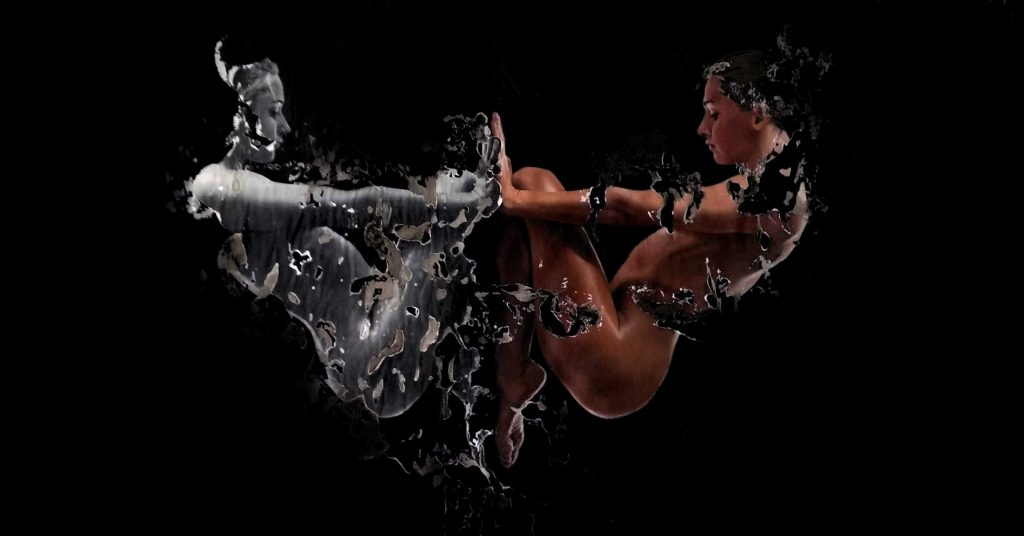

Art possesses an almost mystical ability to stir emotions within us. A melancholic melody can transport us back to a cherished childhood memory, a vibrant abstract painting can spark a sense of childlike wonder, and a poignant photograph can evoke a profound sense of empathy for a stranger across the globe.
Consider the iconic photograph “The Falling Soldier” by Robert Capa, capturing the raw despair and brutality of the Spanish Civil War. The image of a lone soldier tumbling backwards, mid-shot, evokes a visceral sense of shock and horror. It doesn’t shy away from the harsh realities of war, forcing the viewer to confront the devastating human cost. In stark contrast, Claude Monet’s “Water Lilies” series bathes us in a world of serene beauty. The soft, hazy brushstrokes and tranquil water scenes evoke a sense of peace, contemplation, and escape from the everyday world.
The Science Behind the Connection: Neuroscience research suggests a fascinating link between art appreciation and the reward centers in the brain. When we encounter a piece of art that resonates with us, our brains release dopamine, a neurotransmitter associated with pleasure and satisfaction. This explains why gazing at a breathtaking landscape painting or listening to a moving symphony can leave us feeling uplifted and content.
Decoding the Language of Emotion in Art
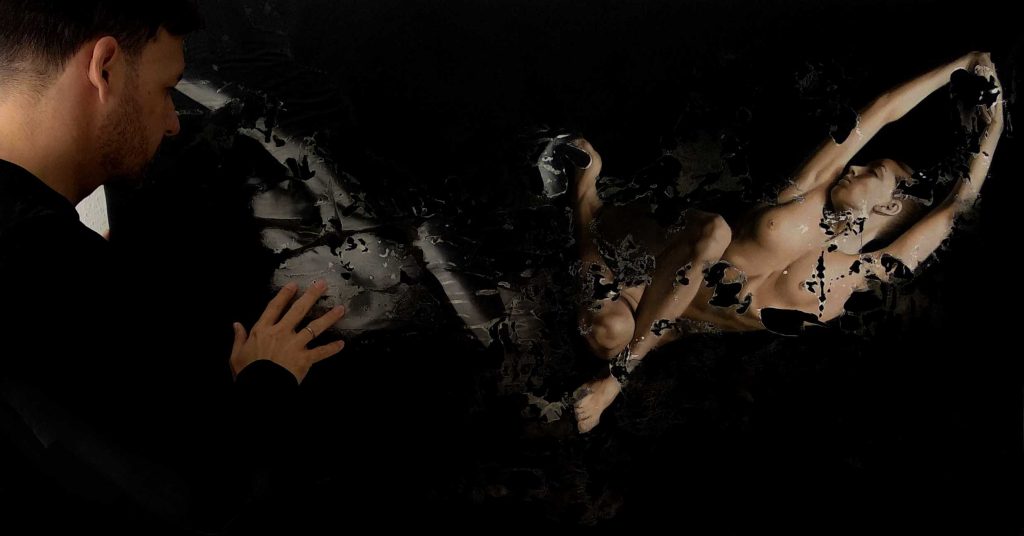

But how exactly does art achieve this emotional alchemy? The answer lies in the skillful manipulation of various artistic elements, each with the potential to trigger specific emotional responses.
The evocative power of color in art and emotion
Colors are powerful emotional triggers. Warm colors like red and orange can evoke feelings of excitement, passion, and energy. Cool colors like blue and green can create a sense of calm, peace, or even sadness. For instance, Vincent van Gogh’s “The Starry Night” uses swirling blues and yellows to create a sense of awe and mystery surrounding the vastness of the cosmos.
The dynamic dance of line in art and emotion
Lines can convey a wide range of emotions. Sharp, jagged lines can evoke tension and anxiety, while curved lines often create a sense of serenity and flow. Look at Egon Schiele’s expressionist portraits, where the distorted and angular lines convey a sense of inner turmoil and emotional disquiet.
The expressive language of shapes in art and emotion
Shapes too play a significant role. Jagged, angular shapes can feel aggressive or unsettling, whereas organic shapes like circles and ovals often create a sense of harmony and balance. Georgia O’Keeffe’s close-up floral paintings, with their rounded forms and vibrant colors, evoke a sense of intimacy and beauty found in the natural world.
The dramatic interplay of light and shadow in art and emotion
The interplay of light and shadow can add depth, drama, and even a sense of mystery to an artwork. Caravaggio’s use of dramatic chiaroscuro (extreme contrast between light and dark) in his paintings injects a sense of theatricality and heightened emotions.
The tactile dimension of texture in art and emotion
Texture can add another layer of emotional engagement. Rough textures like burlap or exposed brick can evoke feelings of discomfort or agitation, while smooth textures like polished marble can create a sense of calmness or luxury. Anselm Kiefer’s mixed-media paintings often incorporate rough textures and gritty materials, reflecting the harsh realities of war and history.
Highlighting the Role of Complexity: Psychologists like D. E. Berlyne have proposed that a moderate level of complexity in art can be more emotionally engaging than overly simplistic or overwhelmingly complex works. This “sweet spot” of complexity allows viewers to find meaning and connect with the artwork on an emotional level. A painting with too few elements might leave us feeling bored and unchallenged, while one with excessive detail might overwhelm our senses and make it difficult to grasp the overall message.
Cultural Nuances and the Individual Lens
While some emotional responses to art might seem universal – the feeling of awe inspired by a majestic landscape painting, for instance – the truth is that our interpretations are far more nuanced. Our cultural background, personal experiences, and even our mood at the time of viewing can all influence how we respond to a piece of art.
Consider a religious icon, such as a Madonna and Child painting. A believer who grew up venerating the Virgin Mary might feel a deep sense of devotion and reverence upon encountering such an image. However, a non-believer might find the same image aesthetically pleasing but devoid of any particular emotional resonance. Similarly, a painting depicting a historical scene from a specific culture might resonate deeply with someone familiar with the context, while leaving another viewer cold without that background knowledge.
The Spectrum of Emotions: Art can elicit a vast range of emotions, from the joyful exuberance inspired by a playful pop-art piece to the gut-wrenching sorrow evoked by a war photograph. Fear, anger, awe, and even a sense of peace and tranquility are all within the spectrum of emotions that art can trigger. However, it’s important to remember that the interpretation of emotional content is subjective. There’s no single “correct” way to feel about a piece of art.
The Artist’s Voice vs. The Viewer’s Experience
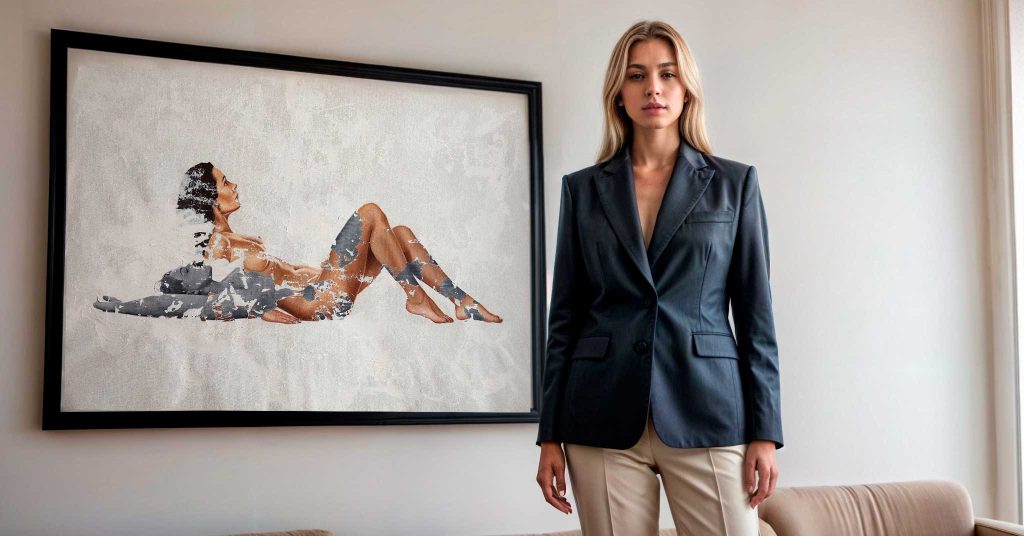

Artists often create with a specific emotional intent in mind. A sculptor might aim to evoke a sense of serenity with their minimalist work, while a filmmaker might use stark imagery and unsettling soundscapes to convey the horrors of war.
The Artist’s Intent: Take Edvard Munch’s “The Scream” as an example. Munch described the painting as a manifestation of his own anxieties and existential despair. The distorted figure and swirling colors were a deliberate attempt to convey a sense of overwhelming emotional anguish.
The Viewer’s Perception: However, the artist’s intended emotional impact doesn’t always align perfectly with the viewer’s actual experience. Our unique backgrounds and experiences shape how we perceive art.
Personal Connections: A viewer who grew up in a bustling city might feel a sense of longing and escape upon encountering a landscape painting depicting a serene mountain vista. This emotional response might have nothing to do with the artist’s intent, but rather a reflection of the viewer’s own yearning for peace and quiet.
Art: A Catalyst for Self-Discovery and Emotional Exploration
Art isn’t just a passive experience of viewing and interpreting emotions. It can be a powerful tool for active engagement, self-expression, and emotional exploration.
Active Viewing:
Moving beyond a cursory glance, active viewing involves a conscious effort to engage with the artwork. This means closely observing details, considering the historical and cultural context, and reflecting on the emotions it evokes within you.
Tips for Active Viewing: Here are some tips to get the most out of your art viewing experience:
- Slow down and observe: Don’t rush through a gallery or museum. Take your time with each piece. Notice the details: the brushstrokes in a painting, the subtle variations in texture of a sculpture, the rhythm and structure of a poem. Appreciate the intricate connection between art and emotion.
- Become a detective: Look for clues about the artwork’s creation. When and where was it created? What was happening in the world at the time? What might have inspired the artist?
- Feel your feelings: Don’t be afraid to let the artwork evoke emotions in you. What are you feeling? Why do you think you’re feeling that way?
The Power of Personal Connection:
The most profound emotional connections with art often stem from personal experiences and memories. A seemingly simple portrait might evoke a flood of memories about a beloved grandparent, while a piece of abstract expressionism might mirror the internal turmoil you’re experiencing in your own life.
Art as a Catalyst:
Engaging with art can be a catalyst for self-reflection, introspection, and emotional exploration. It can challenge our assumptions, prompt us to confront difficult emotions, and even inspire personal growth.
Imagine being captivated by a haunting melody. The melancholic notes resonate with a recent heartbreak you’ve experienced. As you listen intently, you might find yourself shedding tears, acknowledging the pain, and perhaps even starting the process of healing.
Art can be a mirror reflecting back our inner world, a window into the emotions of others, and a catalyst for personal growth.
Raul Lara: Evoking Emotion Through Powerful Imagery
Raul Lara, a contemporary artist known for his thought-provoking neo-photorealism style, is a prime example of how art can evoke powerful emotions in viewers. Lara’s work transcends mere aesthetics, imbuing each piece with deep meaning and significance that resonates with the human experience.
Lara delves into themes of the human heart and soul, vulnerability, strength, faith, and the complexities of human relationships. These universal themes tap into our own experiences and beliefs, sparking emotional connections with the viewer.
Lara’s neo-photorealistic style creates a sense of hyper-reality, drawing viewers into the emotional state of the subjects. The detailed portrayal of skin tones, expressions, and body language evokes empathy and invites viewers to contemplate the characters’ emotions.
The artist avoids spoon-feeding viewers with a single message. His artwork is layered with symbolism and ambiguity, encouraging individual reflection and personal interpretation. This allows viewers to connect with the art on a deeper emotional level, finding meaning that resonates with their own experiences.
By employing these artistic techniques, Raul Lara’s work transcends the visual, becoming a powerful tool for emotional exploration and self-discovery.
The following are just some examples on how Raúl mixt art and emotion:
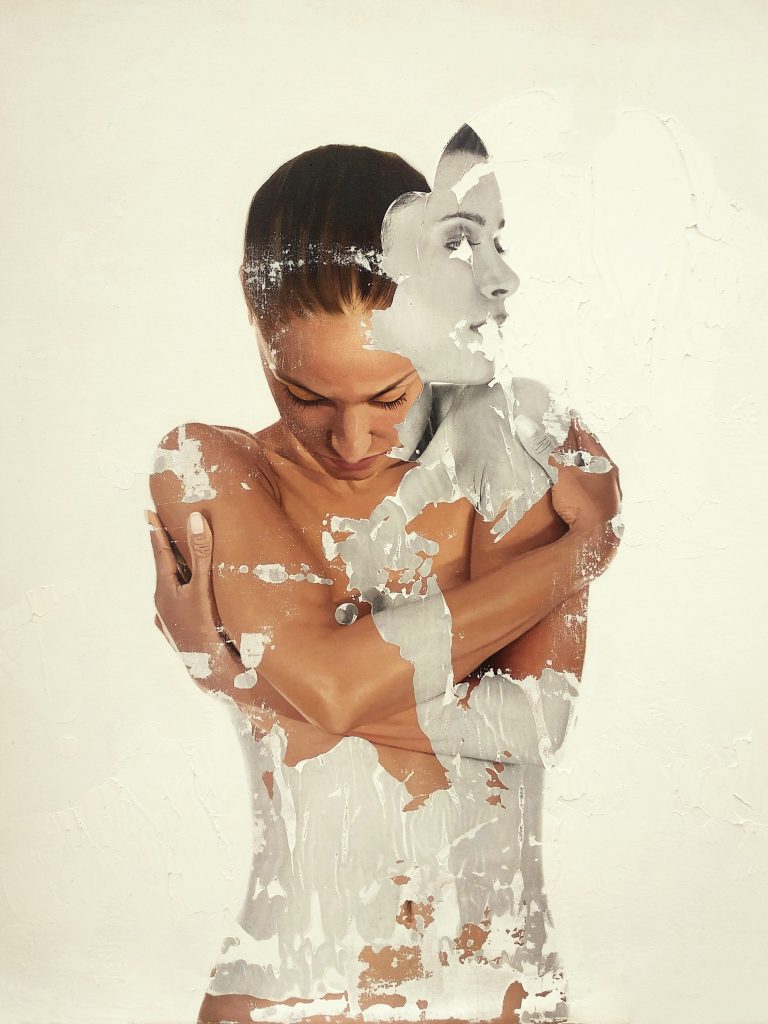

Amplecti Animam
“Amplecti Animam” isn’t just a painting; it’s an emotional invitation., the artwork ignites a quiet contemplation within us, prompting questions about the essence of our being and the powerful connection between body and soul. This art piece isn’t just something you see; it’s something you feel – a call for self-love and a celebration of our inherent vulnerability
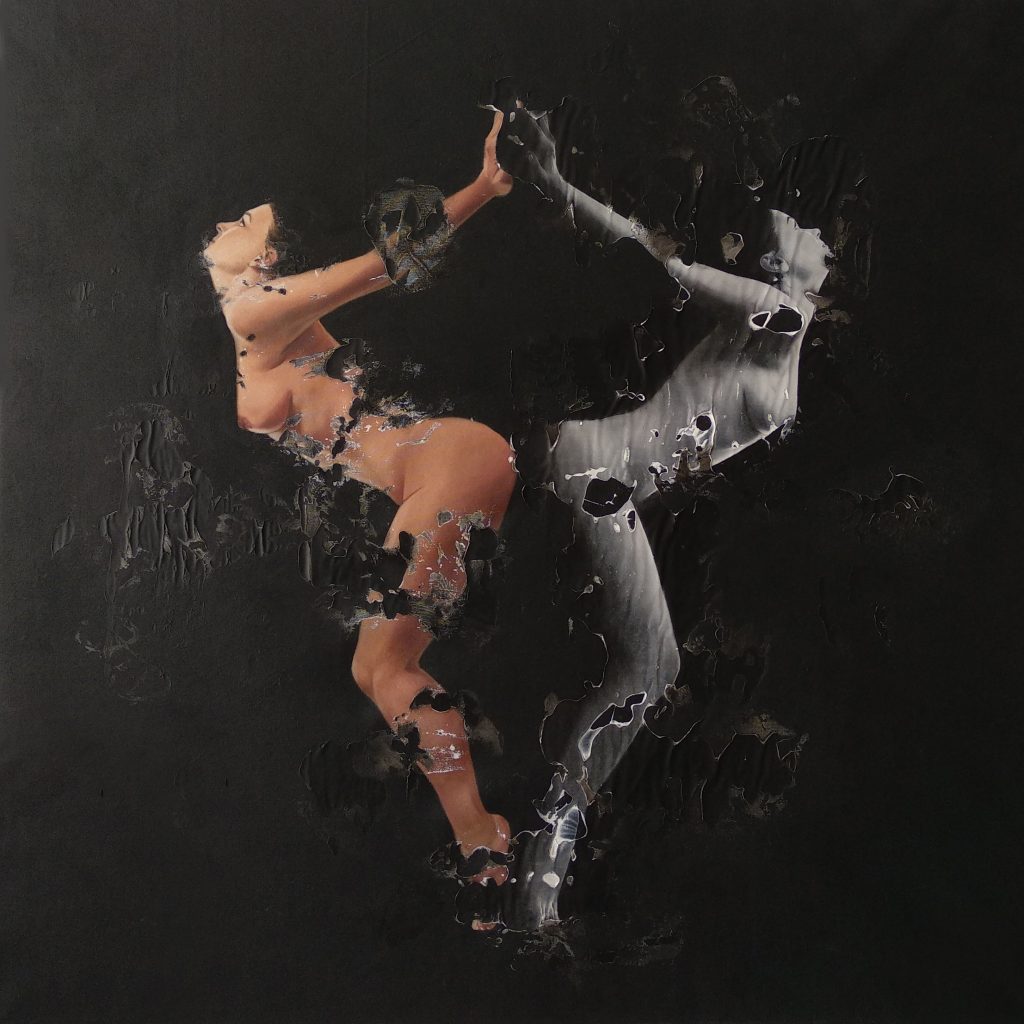

Crucis
“Crucis” becomes a poignant exploration of human relationships, where comfort and pain can be intertwined. The stark modernity of the piece underscores this complexity, reminding us that even traditional symbols can be reinterpreted to reflect the emotional realities of our times. “Crucis” doesn’t offer easy answers, but instead invites us to grapple with the beautiful messiness of human connection, where solace and suffering can coexist.
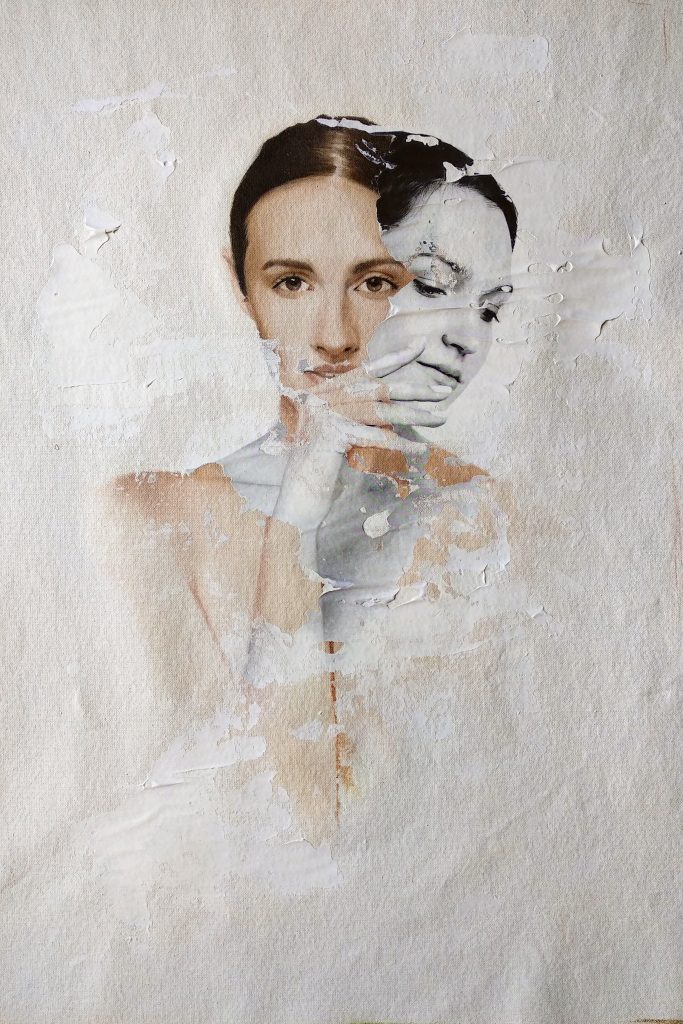

Fracti II
“Fracti II” isn’t a portrait; it’s a mirror reflecting the cracks within us all. But within these imperfections lies a profound beauty – the acknowledgment that we are all, in some way, broken. “Fracti” offers a strange comfort, a shared vulnerability that transcends our individual experiences. It’s a call to embrace our cracks, for it’s in those imperfections that we find our strength and ultimately, our humanity.
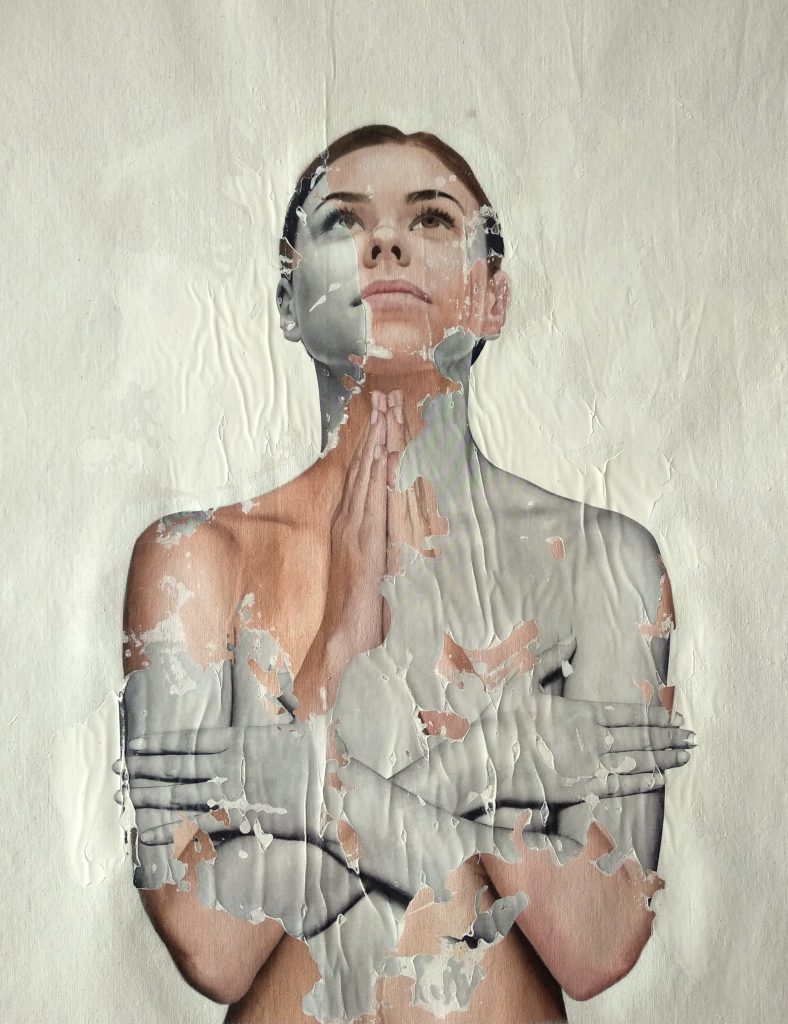

Fidem
Fidem challenges us to confront the complexities of our convictions. Is faith a solid foundation or a shifting landscape? It compels us to delve deeper, to question and examine what we hold true. “Fidem” evokes a sense of introspection, a yearning to reconcile the logical with the spiritual. Ultimately, it whispers the promise of a richer existence, where embracing both reason and faith can lead to a deeper understanding of ourselves and the world around us.
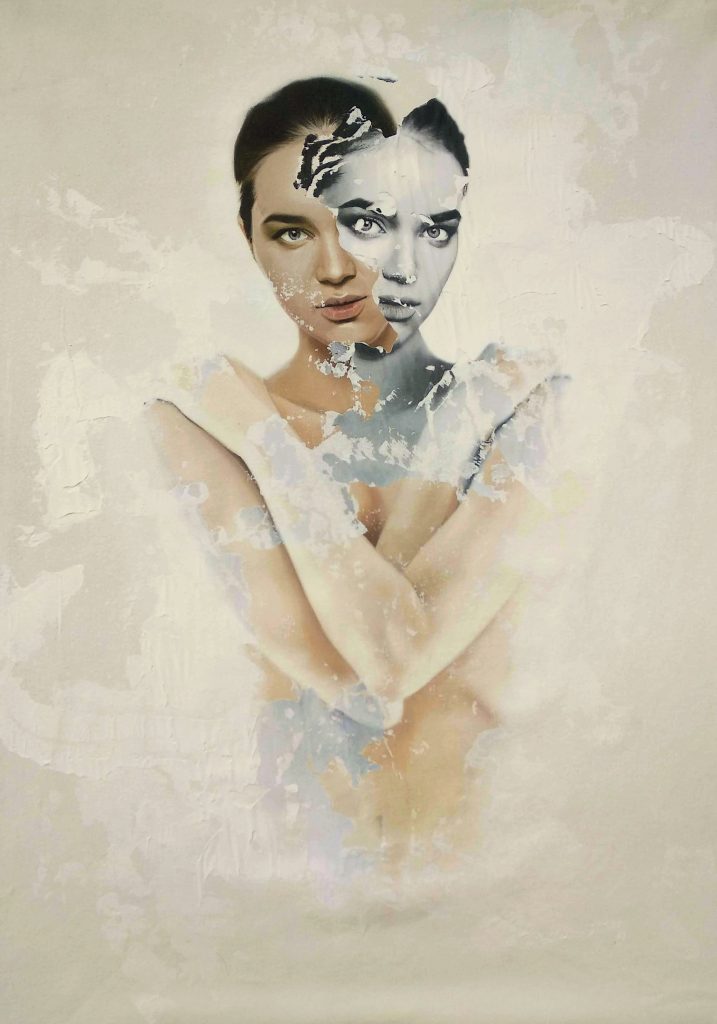

Dualitas III
“Dualitas III” becomes a visual invitation to contemplate, a quiet nudge towards the profound questions about the essence of being and the intricate dance between body and soul. It evokes a sense of awe and wonder, leaving us pondering the very nature of our existence.
Uncover More Art that Evoque Emotions by Raúl Lara here
Beyond Aesthetics: The Power of Movement and Performance
The exploration of art and emotion extends beyond static works like paintings and sculptures. Performing arts like dance, theater, and music have an even more visceral ability to evoke emotions. The raw energy of a dancer’s movements, the power of a live musical performance, or the emotional depth of a theatrical production can transport us, challenge our perceptions, and leave us feeling deeply moved.
Consider the power of dance. A ballet performance filled with graceful leaps and pirouettes might evoke a sense of beauty and elegance. Conversely, a contemporary dance piece with sharp, angular movements and dissonant music might convey a sense of raw emotion and social commentary.
Music, the universal language of emotions, has the unique ability to bypass language barriers and connect with us on a primal level. A soaring symphony can leave us feeling uplifted and inspired, while a melancholic folk song might evoke a sense of nostalgia or even sadness. The rhythm, melody, and harmony of music can tap into our deepest emotions and create a powerful emotional response.
The Art of Empathy: Cultivating Understanding Through Emotion
Art’s ability to evoke emotions isn’t just about self-discovery; it’s also about fostering empathy and understanding for others. By encountering art that reflects experiences different from our own, we can gain a deeper appreciation for the human condition in all its complexity.
- A poignant documentary film about a war-torn country can transport us to another reality, allowing us to experience the hardship and resilience of those living under difficult circumstances.
- A powerful play exploring themes of social injustice can challenge our own biases and prompt us to consider the experiences of marginalized communities.
Art can be a bridge, connecting us to individuals and cultures far removed from our own daily lives. By experiencing the world through the lens of art, we can cultivate empathy, compassion, and a deeper understanding of the human experience.
Conclusion: A Symphony of Senses
The connection between art and emotion is a powerful and profound one. Art has the ability to transport us, to make us feel a vast range of emotions, and to connect us to something deeper within ourselves and the world around us.
By actively engaging with art, exploring its emotional impact, and allowing ourselves to be moved by its beauty or challenged by its complexity, we can unlock a richer understanding of ourselves, the human condition, and the world we inhabit.
So, don’t be afraid to step outside your comfort zone. Visit a museum, attend a concert, or simply take a moment to appreciate the beauty of a sunset. Let art be your guide on a journey of self-discovery, emotional exploration, and connection.
We’ve explored the profound connection between art and emotion. Now, it’s your turn! Share your own experiences with art and emotion in the comments below. Tell us about a piece of art that has moved you, challenged you, or helped you connect with a deeper emotion. Let’s create a conversation about the power of art to touch our hearts and enrich our lives.
FAQs
- How can art evoke emotions? Art can evoke emotions through its visual elements, the context of its creation, and the personal experiences of the viewer.
- Can everyone feel the same emotions when viewing art? While some artworks may trigger a common emotional response, individual experiences often lead to a personal emotional connection with art.
- How does culture influence our emotional response to art? Cultural background can shape our emotional responses by influencing our perception and interpretation of different artistic elements.
- What is active viewing in art? Active viewing involves a conscious effort to engage with art on a deeper level, analyzing its elements and reflecting on the emotions it evokes.
- Why is it important to understand the emotional impact of art? Understanding the emotional impact of art can enhance our appreciation of it and offer insights into our own emotional world.

